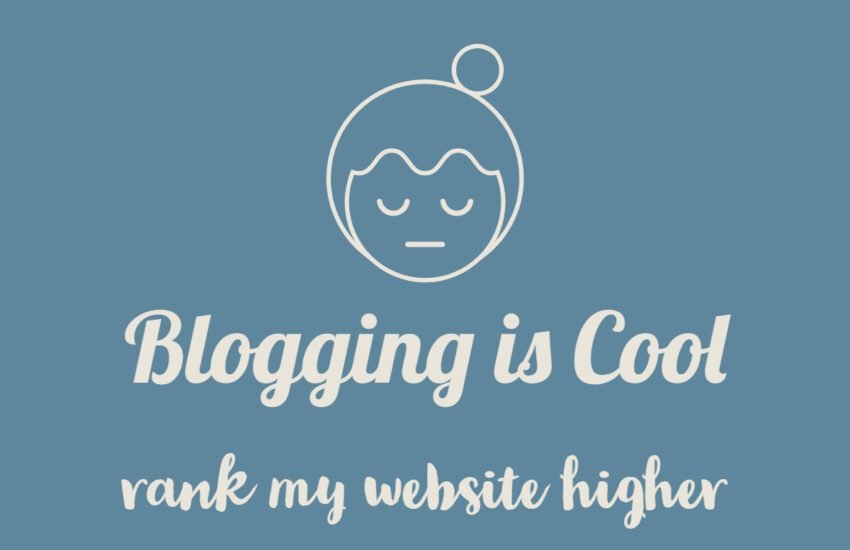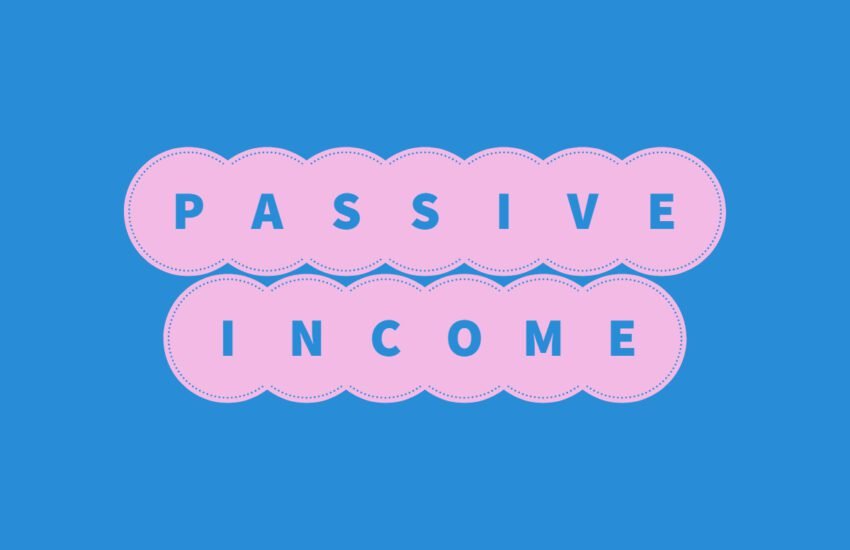How to Remove Duplicate Content on Your Blog and Avoid Penalties
Duplicate content can be a major issue for bloggers. Not only does it diminish the value of your content in the eyes of search engines, but it can also result in penalties that negatively impact your website’s visibility and rankings. In this article, we will discuss effective strategies to remove duplicate content from your blog and ensure that you don’t get penalized.
1. Understand What Duplicate Content Is
Before diving into the removal process, it’s crucial to understand what duplicate content is. Duplicate content refers to substantial blocks of content that appear in more than one location on the internet. This can occur within your own blog or across multiple websites. Search engines aim to deliver the most relevant and unique content to users, so they penalize websites that have duplicate content.
2. Use Canonical Tags
Canonical tags are HTML tags that inform search engines about the preferred version of a web page. By using canonical tags, you can consolidate duplicate content under one URL, indicating to search engines which version should be considered the original. This helps prevent penalties and ensures that your preferred version receives proper indexing and ranking.
3. Implement 301 Redirects
If you have duplicate content on your blog due to multiple URLs pointing to the same content, implementing 301 redirects is an effective solution. A 301 redirect permanently redirects users and search engines from one URL to another. By redirecting duplicate URLs to the original version, you can consolidate the content and avoid any penalties associated with duplicate content.
4. Use the “rel=canonical” Attribute
In addition to canonical tags, you can also use the “rel=canonical” attribute to specify the preferred version of a web page. This attribute is placed in the HTML header of the duplicate pages, indicating the original URL. Search engines recognize this attribute and understand that the specified URL should be considered the primary version. Implementing the “rel=canonical” attribute helps prevent penalties and ensures that your preferred version receives proper indexing and ranking.
5. Rewrite and Repurpose Content
If you have duplicate content within your own blog, consider rewriting or repurposing it. By adding unique value and perspective to the content, you can make it more valuable to readers and search engines. This not only helps in avoiding penalties but also improves the overall quality of your blog. Additionally, repurposing content into different formats, such as infographics or videos, can provide a fresh perspective and attract new audiences.
6. Monitor and Remove Scraped Content
Scraped content refers to content that has been copied from your blog without permission. It’s important to regularly monitor the internet for any instances of scraped content and take appropriate action to have it removed. Search engines are aware of this issue and have measures in place to identify the original source of the content. By reporting scraped content and taking steps to remove it, you can protect your blog from penalties and maintain its integrity.
7. Use Noindex Tags
If you have duplicate content that you don’t want to remove entirely, such as printer-friendly versions of web pages or paginated content, you can use the “noindex” tag. This tag tells search engines not to index the specified page, preventing it from appearing in search results. By using “noindex” tags strategically, you can ensure that only the original version of your content is indexed, avoiding any penalties associated with duplicate content.
8. Consolidate Similar Content
If you have multiple blog posts or pages that cover similar topics or have overlapping content, consider consolidating them into a single, comprehensive piece. By merging similar content, you eliminate the issue of duplicate content and create a more valuable resource for your readers. This not only helps in avoiding penalties but also improves the user experience and makes it easier for search engines to understand the relevance and authority of your content.
Conclusion
Duplicate content can be detrimental to your blog’s visibility and rankings. By understanding what duplicate content is and implementing the strategies mentioned above, you can effectively remove duplicate content from your blog and avoid penalties. Remember to use canonical tags, 301 redirects, “rel=canonical” attributes, and noindex tags strategically to consolidate, specify, or exclude duplicate content. Additionally, consider rewriting, repurposing, and consolidating similar content to enhance the value and uniqueness of your blog. By taking these steps, you can ensure that your blog stands out in the eyes of search engines and provides a valuable experience for your readers.

